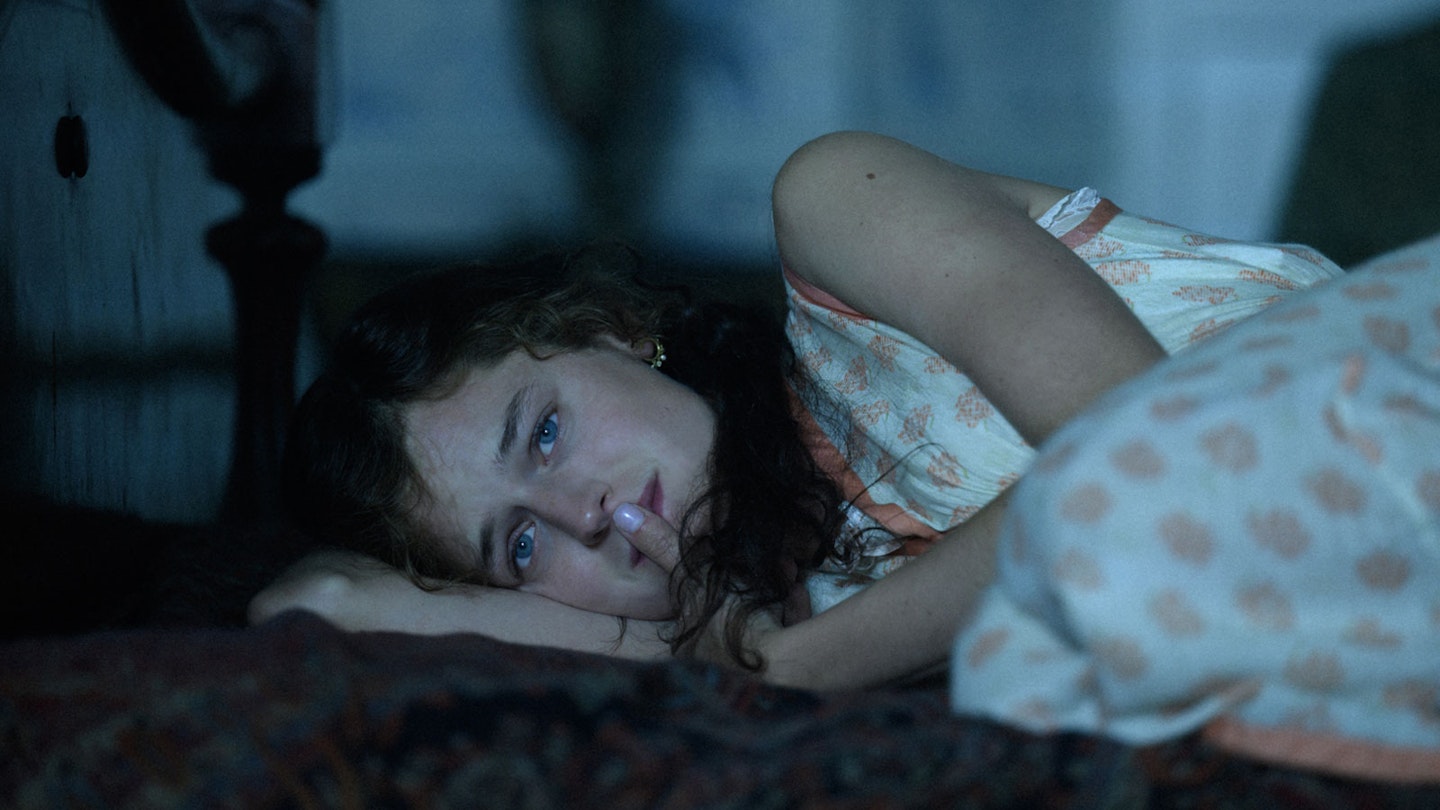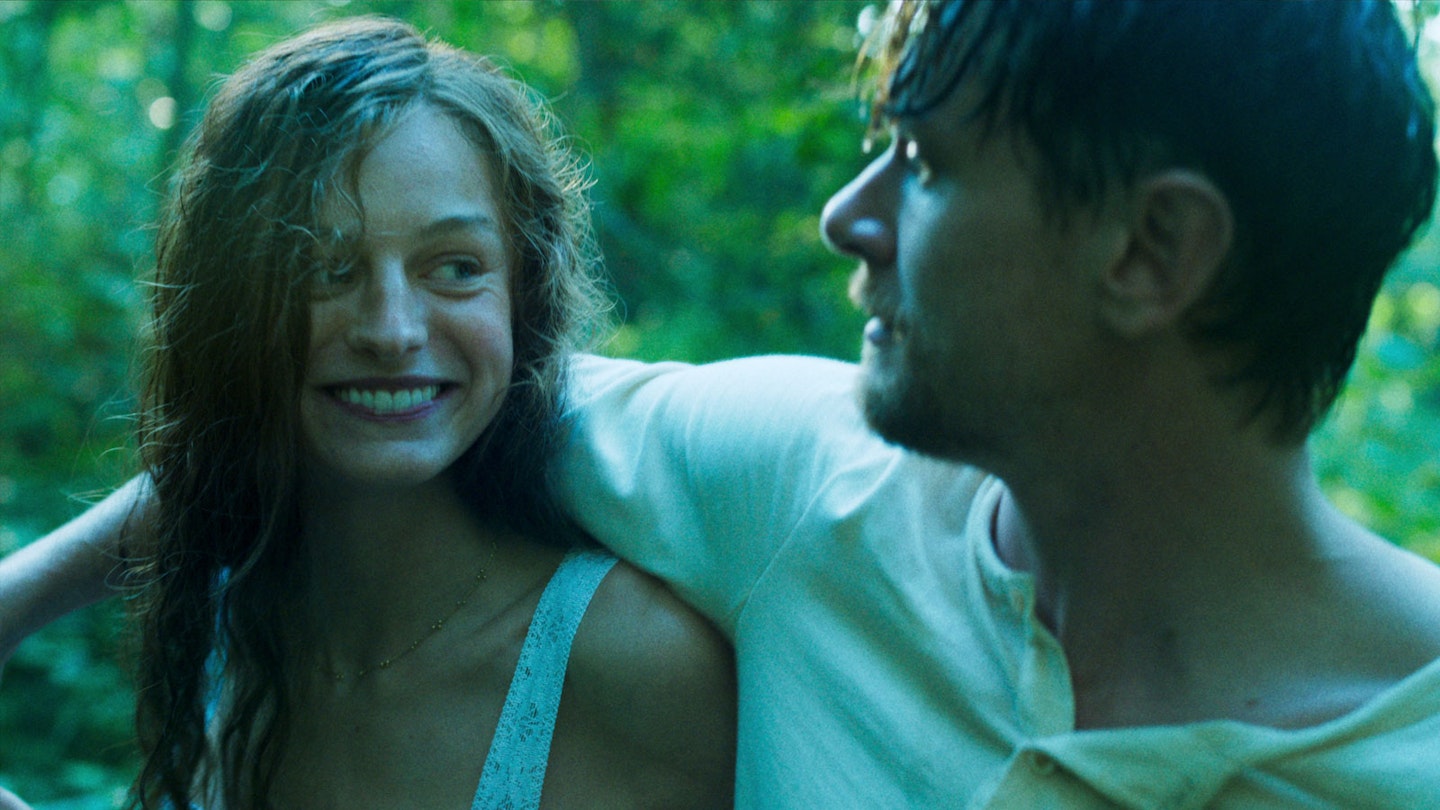D.H. Lawrence’s famed 1928 novel about an upper-class woman fulfilling her desires with a working-class groundskeeper is perhaps best known for being banned. It took until 1960 for the first uncensored version of the book to be published in the UK, owing to its lavish descriptions of sex and the use of certain unmentionable words. Film adaptations, of which there have been many, have had this to reckon with — how to faithfully translate the overwhelming desire and carnality between Constance Chatterley and her lover, Oliver Mellors, to the screen in a way that is worthy of such a groundbreaking work of 20th century fiction?

French filmmaker Laure de Clermont-Tonnerre (The Mustang) steps up to the plate with remarkable poise and a keen eye for sensuality in her new version of Lady Chatterley’s Lover for Netflix. What begins as somewhat middling period drama fare is soon split open by stars Emma Corrin and Jack O’Connell, enticing and controlled as Chatterley and Mellors respectively, whose chemistry floods the screen. Their pleasure with and for one another is depicted as something folkloric, almost bacchanalian, as they dance naked through blissful forests and meadows.
Its performances and often striking visuals help lift it away from being too staid a drama.
While this is beautiful, shot elegantly by DoP Benoît Delhomme, it does, at times, lack the hot-bloodedness needed for the story’s erotic heart. There is a coolness, an almost aching sickliness to certain images which works to reflect Chatterley’s loneliness and lost sense of self, but the ferocity of the sex scenes with Mellors isn’t quite strong enough to bring things back to fiery warmth.
The traditional structures of the genre — beautiful costumes, verdant locations, conventional plotting — are all in place in the film, which doesn’t attempt to venture too far outside of these confines. It’s not a radical work, but its performances and often striking visuals help lift it away from being too staid a drama.

